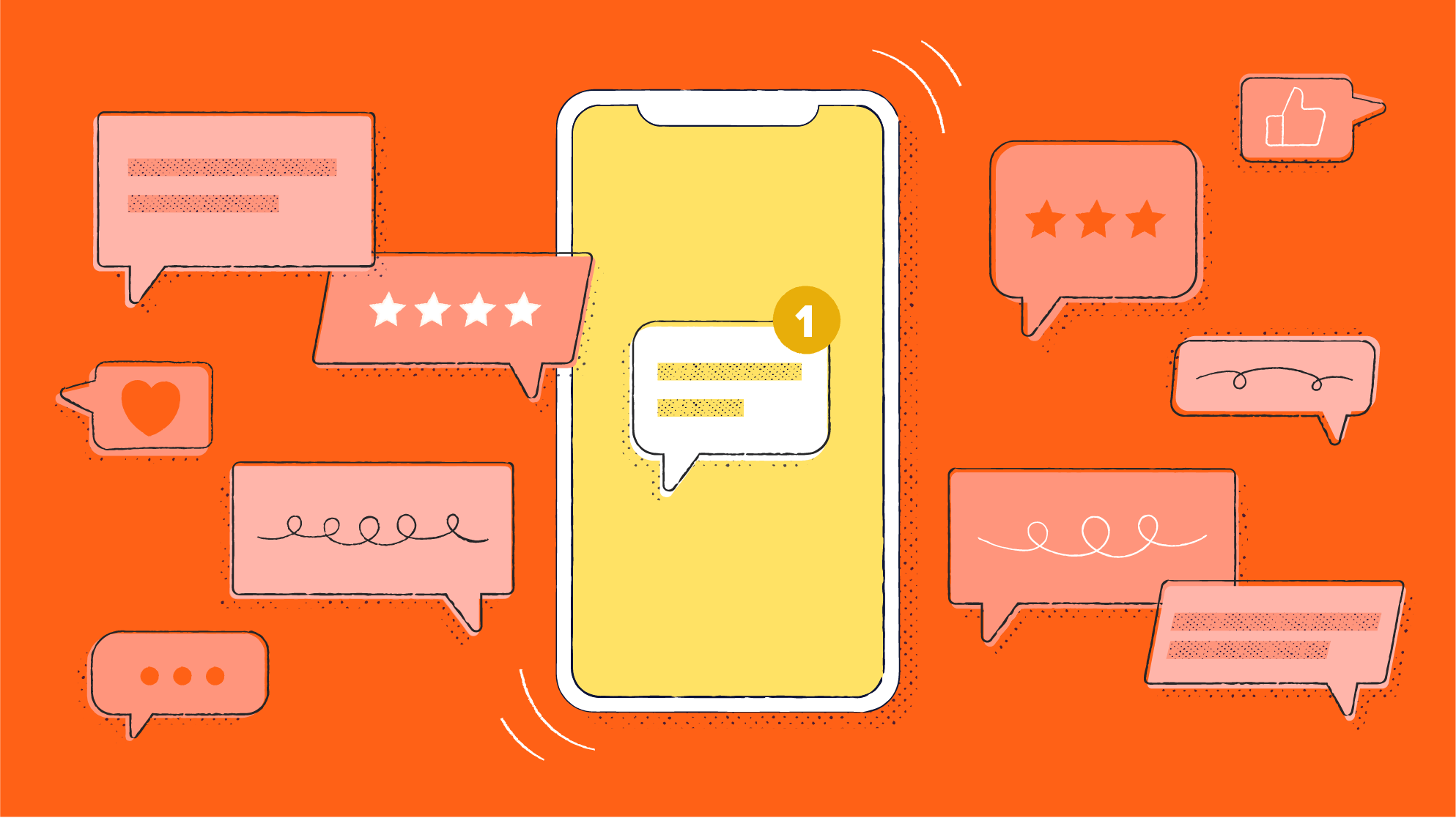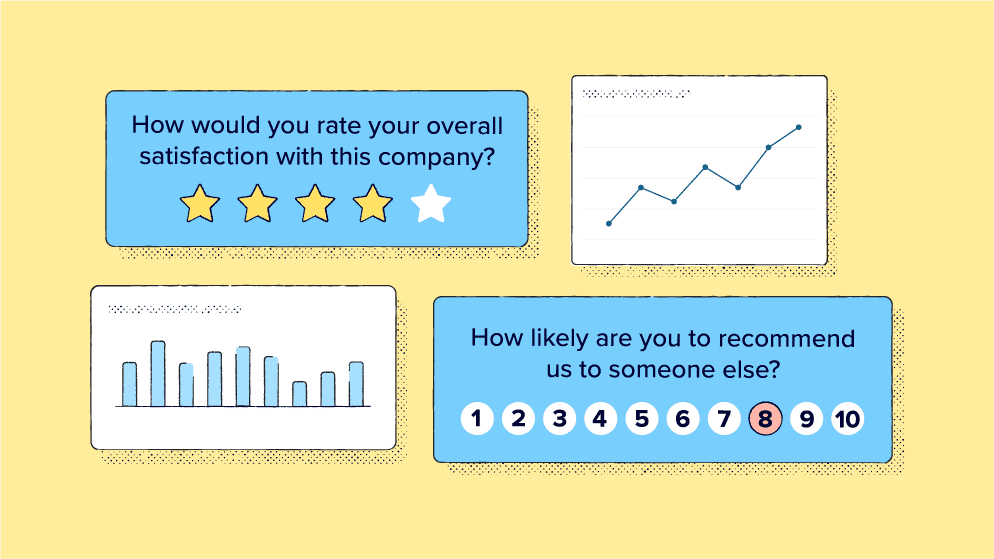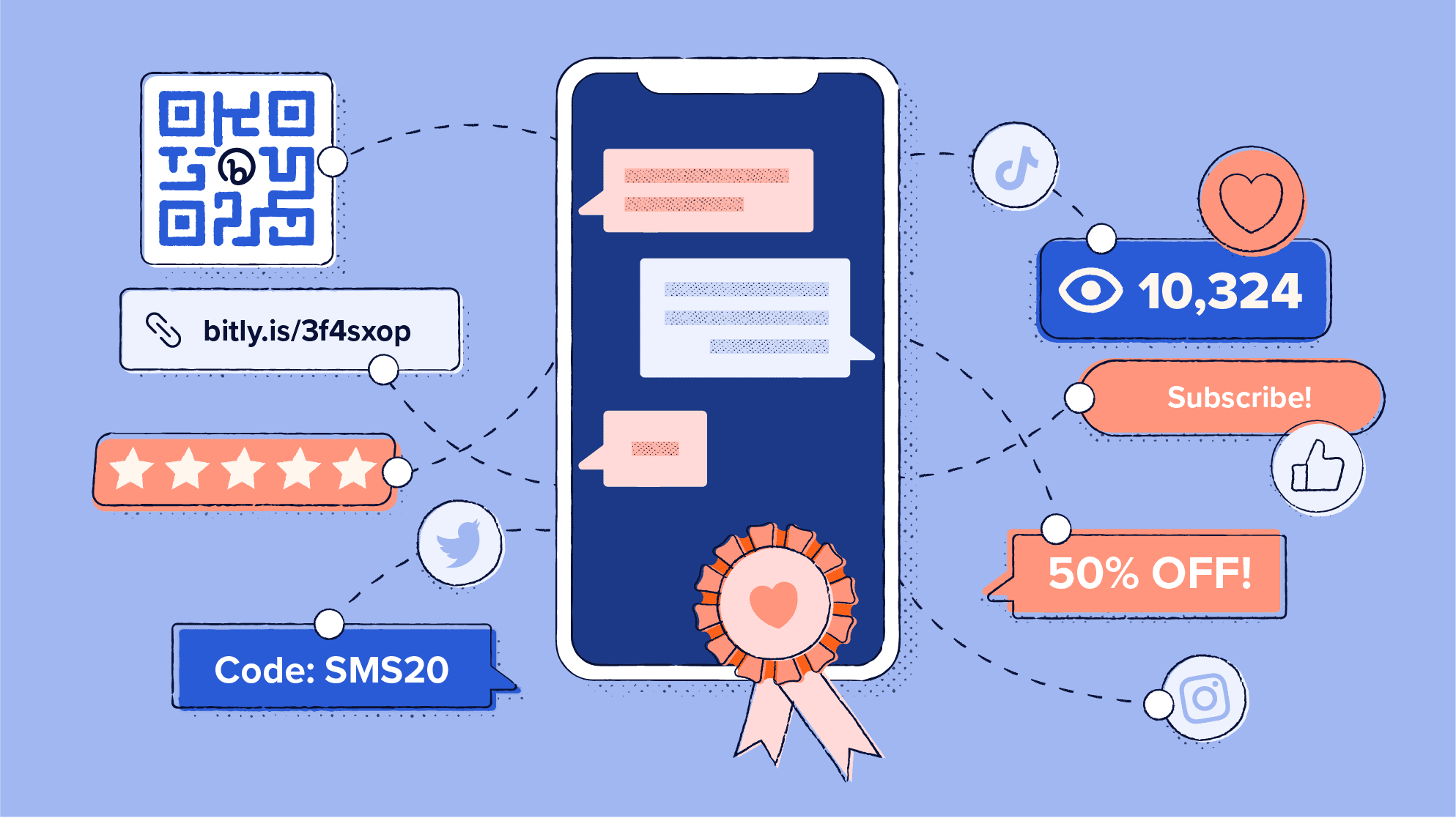Though “Bon appétit!” marks a delicious, happy beginning for hungry patrons, for restaurant owners and marketers, this phrase is a rewarding end to a challenging process: winning someone’s business. So many things have to go just right to get a customer through your doors or drive-thru to run a successful operation:
- You need consistently good food or beverages
- You need the right suppliers
- You need to be open at the right hours
- You need a team that provides high-quality customer service
- You need your community’s loyalty and word-of-mouth support
- You need to stay agile and pivot as the market changes
And perhaps most importantly, you need to deliver enough value through your restaurant’s ambiance, cuisine, and overall experience that patrons know buying food or beverages from your establishment is worth every penny.
This is all easier said than done. However, SMS marketing is an increasingly effective way to get new and repeat customers perusing your menu and placing their orders. Whether you’re a franchisee, a small bed-and-breakfast operation, or even a Michelin-star restaurateur, there’s a place for SMS in your marketing endeavors.
Let’s backtrack and first define SMS marketing. Then, we’ll explore why it’s a perfect channel for restaurants and walk through a few pieces of advice for implementing revenue-driving SMS marketing practices.
What exactly is SMS marketing?
SMS marketing is a communication strategy many modern businesses use today to send short mobile messages—or texts—to their customers and prospects using SMS (Short Message Service). You can’t exceed 160 characters (or 70 characters if you use any emojis) per message. Often businesses will include mobile links, loyalty point updates, discounts, invitations to events, promotions, menu updates, and other share-worthy news.
Though the first SMS message was sent in December 1992, widespread cell phone use didn’t take off until the 2000s. Now we’re two decades in, and smartphone adoption has boomed in every sense of the word. In the U.S. alone, 97% of adults have a cell phone, with nine out of ten being smartphones with internet capabilities, making SMS a prime channel for connecting with new and recurring restaurant guests alike.
In short, phone usage is way, way up. People love to connect with their loved ones, browse the web, scroll social media, take and share photos, and most importantly for this blog post, send and receive messages from their cell phones.
Why does SMS marketing work so well for restaurants?
We’ve already established that people are accessible via their phones in a way they aren’t via their email inboxes or printed newspapers anymore. But why is SMS such a solid marketing channel for restaurants specifically?
Reason #1: Higher open and engagement rates
Did you know 98% of SMS messages are opened by end recipients? Juxtapose that with the mere 40% of emails from restaurants or venues that are ever opened, and SMS suddenly feels like a can’t-miss channel to be using.
In addition to higher open rates, people are actually more likely to engage with each message’s content. As of 2022, somewhere between 20-35% of SMS links were clicked on. While that range may sound low, consider that the average click rate for emails was only 1.58% in 2024, according to email benchmarking experts, Mailchimp.
The reason so many people opt-in to SMS messaging and then engage with the messages brands send them is because 77% of consumers opt-in solely to receive coupons or deals. Restaurants are in a prime position to offer one-off discounts, treats, and loyalty rewards in a way other businesses can’t.

Reason #2: Hyper-personalization
With the right messaging technology and even basic data about patrons, restaurant owners and marketers can tailor their SMS messages to include personalized, eye-catching elements like:
- Their first name: “Hey Michelle! Thanks for stopping by Domino’s today. 🍕”
- Discounts on frequently-bought items: “Sam, you haven’t had a Caribbean Way smoothie in a while. Stop by Smoothie King this week for 10% off of your next one!”
- Birthday rewards: “Rumor on the street is that it’s your birthday, Jasmine. Enjoy a free dessert any night you come to Chili’s this month.”
- Geography-specific updates: “Danny, your favorite local restaurant, The Porch, is offering two-for-one mojitos this Saturday. Come enjoy!”
If you’re reading this thinking, “It’d be great to send messages like these, but who has time for this?”, know that there are dozens of SMS marketing tools out there that can automate all of this messaging so it’s essentially on autopilot. Plus, they’ll handle confirmed opt-ins to keep you compliant—more on this in a bit!
Reason #3: Cost-effectiveness
Last but not least, you get a lot of bang for your buck with SMS marketing. Depending on the size of your audience and frequency of your messages, you can bank on SMS being a cheaper (and more trackable) marketing option than an out-of-home billboard, paid ad placement, or new swag item could offer.
Even if you buy an SMS marketing platform, you could pay as low as $0.008 per outbound SMS message and receive any inbound SMS messages for free from your patrons and guests.
Best practices for restaurant SMS marketing
Think SMS marketing is the move for your business? These best practices help global chains and local coffee shops alike connect with their audience to a) get started, and b) drive more revenue with SMS.
Pro tip #1: Build an engaged subscriber list
You can have the best SMS intentions in the world—but if you don’t have patrons to message, your efforts won’t yield results, so building a quality list is key.
To do this, encourage patrons to opt-in to receive messages from you in-store (perhaps by hanging up QR Code signage or printing them on your menus) and online (perhaps by adding a form field at the top or bottom of your website). Often it works well to give some sort of incentive—like a free drink or small discount—for subscribing.
Remember: It’s up to you to learn and adhere to local, national, and global SMS compliance standards. Here’s an overview of laws and guidelines for the US. A good rule of thumb is this: Never send SMS messages to people who didn’t ask for them, and always provide an easy way for folks to opt out or unsubscribe from your messages.
Pro tip #2: Create effective campaigns
So you have an engaged, growing list of patrons who want to hear from you; now comes the fun part!
Create thoughtful campaigns for different segments of your audience. For example, maybe you create three different SMS cadences for prospective, new, and loyal customers, each with four messages that you’ll send out over the course of two months to promote your new delicious (and high-margin) chocolate scones.
Or maybe you’ll create ready-made campaigns with custom fields that automatically trigger upon certain actions, like a customer’s first drive-thru visit or an entire month with no orders from a formerly-regular guest.
Think of brands you admire that send you SMS messages. They’re likely fairly rare, extremely high-value, and anything but spam. Plus, they always have a clear CTA so you know what you’re supposed to do next. Steal a page from their book, and experiment with your segments, message content, message length, send times, CTAs, and more to see what drives maximum engagement.
Pro tip #3: Enhance customer engagement
Last but not least, take advantage of the fact that SMS is anything but a one-way channel. In the same way your patrons likely send messages to their loved ones, give them the freedom to respond to messages from you. It’s up to you to instill confidence that someone will respond and answer any questions they may have.
To show that you want your SMS communications to be a two-way street, try:
- Sending out surveys: “How was your service at Tommy’s Place today? We’d love to hear from you in this 1-minute survey: [short link goes here]”
- Hosting contests or giveaways: “Want free Olive Garden breadsticks for a year? We thought so. Enter the raffle here: [short link goes here]”
- Encouraging customers to reply with questions or comments: “Thanks for swinging by Thai for Two. On a scale from 1-10, how was your experience today?” *You can automate responses to simple number replies, or appoint someone on your team to field incoming questions or comments.

Test, measure, and pivot: The never-ending SMS cycle
Those are our best recommendations for any restaurateur looking to dip their toe into the world of SMS marketing. It’s a high-ROI investment, but it’s only sustainable with high-quality measurement. To yield ever-improving results over time:
- Analyze which types of messages and campaigns drive the most clicks
- A/B test message content, personalization methods, and send time—but only one at a time so you can see which change actually moved the needle rather than guessing which of three changes improved your conversion rate
- Use the data you gather to pivot your strategy and do more of what’s working well in the future
We know you’re busy, so the good news is you can do all of this easily within the Bitly Connections Platform. We can help you see who’s clicking on which links, where they’re clicking from, and how often those clicks turn into actual revenue for your restaurant.
Think it’s time to try SMS marketing at your restaurant? Head to our pricing page and find the perfect plan for all your needs.




